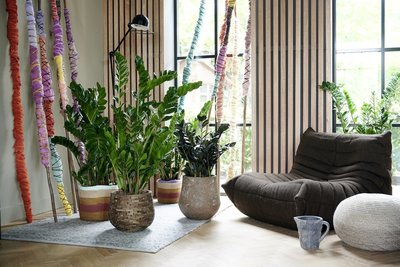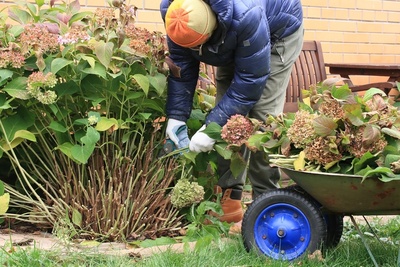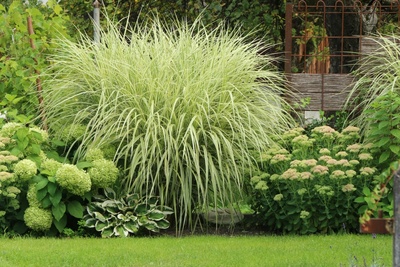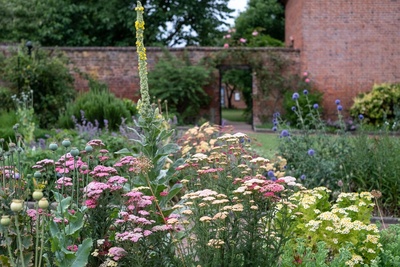
Zamioculcas zamiifolia, aka the ZZ plant, aroid palm or fern arum, is fast becoming one of the most popular houseplants available. With its neat, arching stems and glossy green leaves, it looks a bit like an outsize fern, making a fantastic focal point in any room. And if you’re after some extra impact, there’s Zamioculcas zamiifolia ‘Raven’ with its fabulous deep purple-black foliage.
Where to grow a ZZ plant
The ZZ plant originates from the forests of East Africa, where it grows in the shade of taller trees. Although it’s generally considered a houseplant here, it can be grown outdoors in summer, but needs a temperature above 10°C (50°F) in winter, so it is best kept in a pot and moved indoors when the weather gets cold.
One note of caution regarding the ZZ plant – all parts of the plant are toxic, so keep it away from pets and toddlers who might try to eat it, and wash your hands after handling it to avoid skin irritation.
How to care for a ZZ plant
If you want your plant to look its best, put it where it will get bright but indirect light, ideally with afternoon shade. It prefers well-drained soil, so make sure the pot it’s in has good drainage and when potting on, use a good quality potting compost with added horticultural grit. Allow the surface of the compost to dry out between waterings, and put a layer of pebbles in the pot’s drip tray so that the plant doesn’t sit in a puddle after it’s been watered. Water sparingly in winter, as the fleshy roots are prone to rot in soggy soil.
Feed your ZZ plant monthly in spring and summer with a balanced liquid fertilizer. Always follow the manufacturer’s instructions regarding fertilizer dilution, as giving too much fertilizer can burn your plant’s roots, and always water your plants before feeding them.
ZZ plants grow relatively slowly, eventually reaching over 60cm (2ft) tall. It’s a good idea to repot your plant every two to three years into a slightly larger pot. Prune stems as needed to give the plant a good shape.
ZZ plant problems
Although these plants are fairly trouble-free, there are a few things to watch out for:
- Yellowing leaves – usually caused by overwatering. Water less frequently and the plant should recover.
- Leaves dropping off – caused by prolonged drought. Give the plant a thorough wetting, then once the surface of the compost is dry, water regularly.
- Scale insects – these look like small brown oval lumps on the leaves, usually near a vein. To remove them, soak a cotton bud in methylated spirit and swab each lump. The alcohol dissolves the bug’s protective waxy coating and the bug can then be wiped off (for heavy infestations, hose off with a showerhead).
There’s always room for just one more houseplant, so come and see our fantastic range. We’ve got the perfect houseplant for you.




